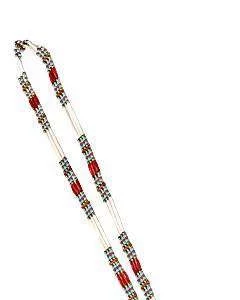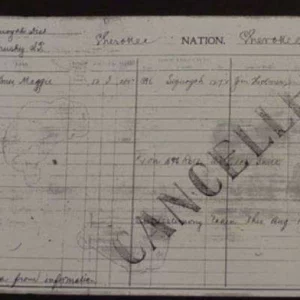Music is described as the sound that translates emotion through elements of rhythm, song, and harmony.
In indigenous culture, music is the soundtrack of our stories.
Tribal Nations use music to express emotions, tell stories, pray, and communicate with loved ones. Traditional instruments like the flute and drums and our style of singing inspired modern genres of music today. Unfortunately, indigenous music and musicians do not get the credit they deserve for this vital contribution to modern history.
Musicians like Jimi Hendrix, Mildred Bailey, George Lynch, Red Bone, Robbie Robertson, and Supaman are all examples of modern musicians who brought their Native culture and flare to modern music. These musicians incorporate storytelling, symbolism, and vocables into different genres of music. It can be heard in country, rock, jazz, and rap. Traditional drum beats can be clearly heard in jazz where four beats to the measure is widely used in many compositions.
Drums represent the heartbeat of Mother Earth and play a crucial part in Indigenous music. It helps bring the community together by honoring our ancestors, and elders, and teaching the youngest members of the tribe songs and stories. Music is used in ceremonies, celebrations, mourning, and traditional gatherings. Music is medicine and it's been an important fixture in Native communities. It helps bring the community together.
Drums were originally made from animal hide. Such as buffalo, deer, elk or other creatures. The hide was soaked, stretched, and then secured over a base with sinew thongs. Drummers then decorate them and personalize them. It is believed to be one of the oldest instruments in the world.
The flute is thought to be around 60,000 years old making it the second oldest instrument. Initially a simple instrument that sounded like a whistle, it became more elaborate as time went by. Many indigenous tribes can trace the origin of the instruments, through stories that have been passed down.
For instance, many creation stories tell how each instrument was passed down to the people. The flutes were customized by the craftsman or musician by using a specific wood, bone, node and duct carved into the piece. The instrument slowly evolved from an antiquated piece to a modern instrument. These developments, helped the instrument become more popular with the masses and brought a level of conformity. In order to standardize the instrument, the pentatonic scale was adopted.
Contemporary musicians remain close to their roots often paying homage to their tribal nations by fusing Native American stories and culture. These key components keep certain elements of native life in the future of music. This provides Native American musicians a chance to explore different genres with a unique perspective, thus, creating a market uniquely our own.




